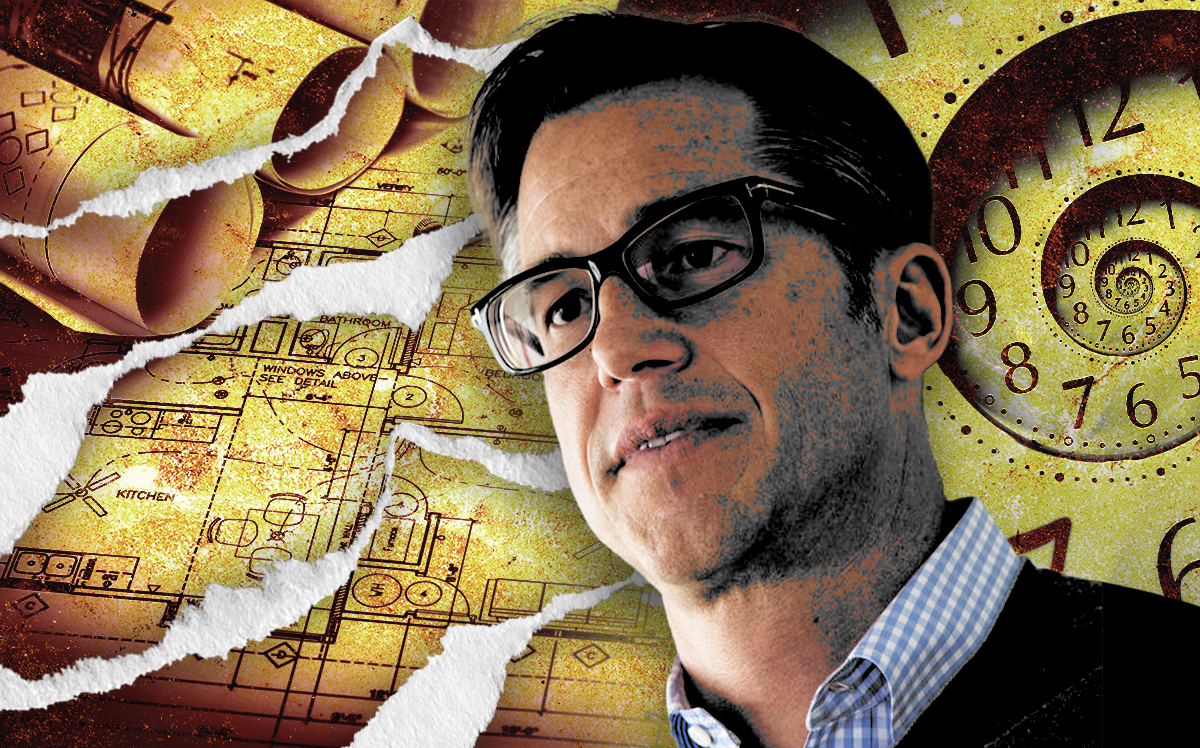
Strong housing demand a mirage, says analyst who called previous crash
Trending
American cities are short by 1.35 million homes, Zillow study shows
Zillow says “house-permitting boom” has long way to go

Zillow has good and bad news. Let’s start with the good.
In a study comparing population growth with new home permits issued across the nation’s 35 biggest metropolitan areas, Zillow found that homebuilders are putting up more houses than they have at any time since the Great Recession. Nationwide, 1.69 million new homes got the go-ahead between August 2020 and August 2021. Amid robust demand, builder confidence in the market is nearing an all-time high.
Then there’s the bigger picture.
Despite recent gains, the nation’s housing stock remains low because of the major dropoff in new construction that followed the Great Recession. The report estimates that 1.35 million more homes would have been built since 2008 if permitting had kept up with historic rates.
“This isn’t a new boom cycle of new construction so much as it’s an attempt to get even from the last bust,” said Jeff Tucker, a senior economist at Zillow.
Dallas had it the worst, with 167,000 fewer homes permitted than residents gained since 2008. Even as Miami became a homebuying haven during the pandemic, it’s fallen behind by 142,600.
The shortage doesn’t just make it harder to find new homes. It also jacks up prices of existing ones. In Austin, where the price of a typical home has jumped 140 percent since 2008, home building has fallen 51,000 units behind population growth.
The shortfall isn’t uniform across the country, and some cities have even exceeded their population growth. New York permitted 31,600 more homes than it gained people since 2008, according to Zillow’s analysis. In Chicago, new home permits outpaced new residents by 73,400. Tucker cautioned, however, that many “surplus” cities owe their excess to slower population growth, not rapid building.
While permitting has finally reached pre-recession levels, there’s still a long way to go before there’s sufficient housing in the U.S., the report said. It’s taken 11 years to get back to normal, and while that may be a high in recent memory, it was also surpassed by every housing boom going back to the 1970s.
Read more

Pretium Partners picks up 2,000 Zillow homes to kick off iBuying wind-down
Getting a permit for a house isn’t the same as building one: Supply chain woes and labor shortages have increased the number of homes that are permitted but not yet built by 45 percent from last year.
Ivy Zelman, an industry analyst who predicted the market peak in 2005, recently called reports of a housing deficit “grossly exaggerated.” While Zillow’s report matches the conventional wisdom that housing demand far outstrips supply, market analysis has gotten more complicated as institutional investors jump into the market.
Whether the buyer’s a bot, a bank, or an average Joe, listings are hard to come by.
“In some ways, the market has not yet even begun a new boom cycle, so much as only just getting back to par following the last bust,” Tucker said.




